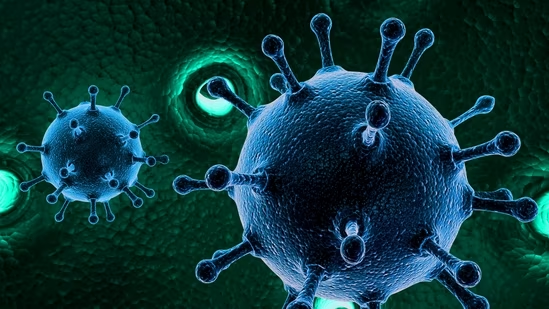Norovirus Outbreaks: What You Need to Know

There are growing reports of norovirus outbreaks across the United States this winter season, based on reports in the U.S. Centers for Disease Control and Prevention (CDC). The week which began December 5 recorded ninety one outbreaks against 69 that was reported the week before last. Similarly, the same corresponding period in the previous years have recorded 65 similar incidences, proving that the current season is bad.
One of the most common but importantly, easily transmissible foodborne illness in the United States is norovirus, which affects particularly institutions such as nursing homes, jails, schools, and cruise ships. The virus is easily transmissible, according to the study, a person can be infected by as little as 10 particles of the virus. It is held accountable for 58 % of food borne diseases in the country each year, resulting in an average of 2,500 outbreaks every year and prevailing majorly between November and April.
Norovirus symptoms are fairly typical and manifest themselves about 12 to 48 hours after infection. Others are vomiting, diarrhea, nausea, stomach ache, body pains, headache and swelling, and fever. Though a person can be cured of the disease in an hour, the virus still poses a major threat to public health, and people require healing for one to three days. Norovirus is estimated to cause 19 to 21 million illnesses per year, of which 465 000 patients require emergency, 109 000 patients are hospitalised and about 900 patients die from complications most commonly affected being the elderly, children below five years and immunocompromised persons.
READ ALSO: Medikal Apologizes to Kofi Kinaata Over Missed Performance at ‘Made in Taadi’
Transmission takes place directly from the infected persons, through the consumption of contaminated food or water or coming into contact with the object or surface contaminated by the virus infected person. It is felt that one of the biggest dangers is that of dehydration especially due to vomiting and diarrhea which may be continuous therefore posing a great danger to children and the elderly. Signs of dehydration are less frequent urination, dry mouth and throat, dizziness and in children may cry without tears or be unusually cranky.
As of the moment, there is no available antiviral drug, specifically for norovirus. Rehydration is crucial and water particularly and other electrolyte replacement fluids must be encouraged. Alcoholic products or caffeine based products holding water should be eliminated as they might increase dehydration. A person with severe symptoms that causes his or her body to lack water should seek medical help immediately.
Spray is still the best weapon against norovirus, especially during the winter season when the cases are most rampant. Soaps and warm water should be used with a vigorous washing of hands especially before eating should take about 20 seconds. Some of the hand hygiene products are less effective against norovirus such as hand sanitizers. Furthermore, cleaning common touched surfaces using ordinary soap and water or using cleaning agent can help to eliminate the spread of the virus.
This has been shown to be a reality by the recent surge of norovirus outbreaks in this season calling for more enhanced measures to be taken especially where vulnerable groups form a big proportion of users. Despite aged people most of them recovering after a short time of sickness the virus is easy to spread and has disastrous effects especially on the vulnerable groups hence it remains to be one of the biggest health threats. These preventive measures dictate that people avoid getting sick and slow the viral infection down in order to help everyone else.
